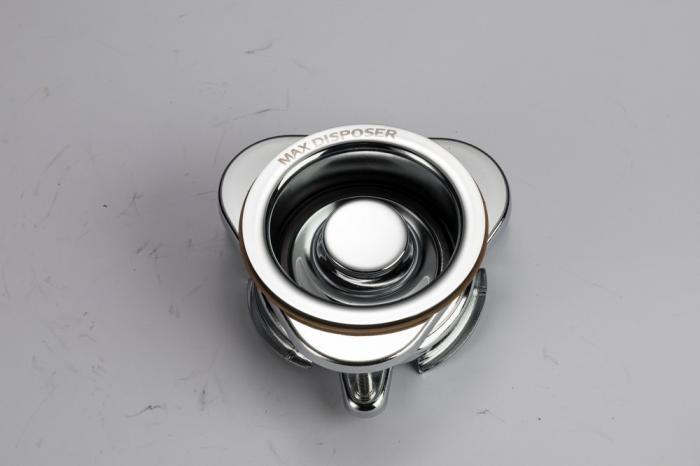How Garbage Disposals Work? Do you know circular spinning plate?
garbage disposal

garbage disposal

For some reason, garbage disposals are the subject of more misconceptions and misinformation than most other items in the house.
To dispel just a few of the common myths about these ubiquitous appliances, garbage disposals don't have sharp teeth or blades, and nothing inside the disposal is made sharper by grinding up ice cubes in it.
Also, they aren't really cleaned with lemon peels—or baking soda or vinegar or ice.
And you can indeed unjam a disposal with a broom handle (an old-fashioned method), but there's a much better way.
Finally, despite their mysterious inner workings, garbage disposals are quite easy to replace, so if you have at least a bit of DIY pluck, you probably don't need to hire a plumber for the job.
How Garbage Disposals Work? Do you know circular spinning plate?
Inside the dark, slimy depths of your garbage disposal is a metal chamber with a circular spinning plate that contains two swiveling metal lugs called impellers.
These are the "teeth" that most people imagine (but, again: not sharp). The chamber wall surrounding the plate has lots of holes with raised edges, sort of like a very dull cheese grater.
When you dump food into the disposal and turn on the switch, the impeller plate spins, creating significant centrifugal force that, along with the impellers, pulverizes the food against the grinding ring (which doesn't move).
When the food particles are small enough, they get washed through the holes in the grinding ring and down into the sink drain.
The water is necessary to flush the food down the drain, so it's important to always run water when using a disposal.
#Rosun garbage disposal
#max garbage disposal